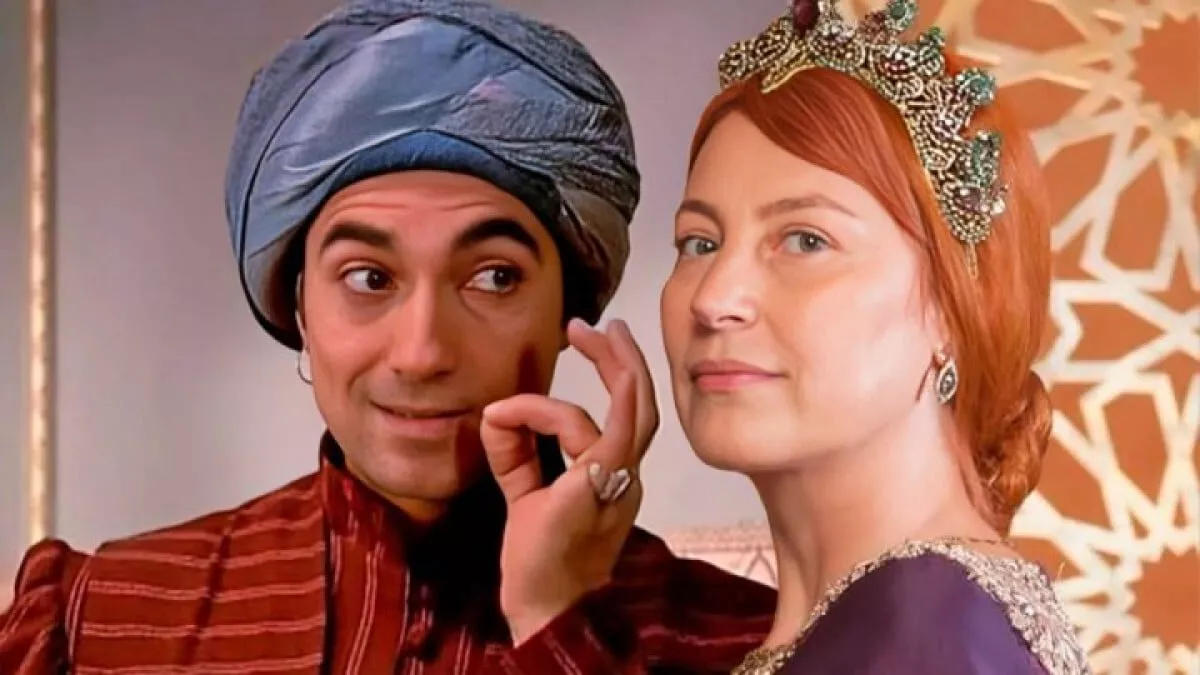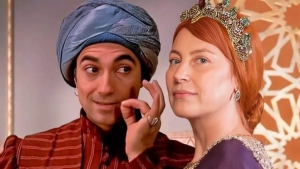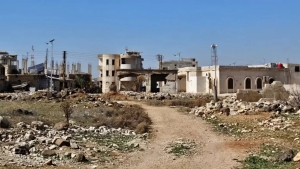
In the historic center of Istanbul, in the area where the ancient Roman-era Zeuksippa baths were located, operates an important 16th-century architectural and social facility – the Hyurrem Sultan Bathhouse. This was reported by Upl.uz.
Built in 1556 by Hyurrem Sultan, the influential wife of Ottoman Sultan Suleiman the Magnificent, this building was forgotten for a long time, later restored, and today is recognized as one of Istanbul's most prestigious spa complexes. The initiator of the bathhouse construction was Hyurrem Sultan herself, who was famous across the continent under the name Roxolana.
Her goal was not just a simple monument, but to create a facility serving the public interest. This project was entrusted to Mimar Sinan, one of the main representatives of Ottoman architecture.
The architect applied a unique approach for his time and designed a 75-meter-long building. Its distinctiveness lies in the fact that the two sections for men and women are separate but symmetrically arranged, united along a single axis.
This decision differed from traditional arrangements and allowed women to use the bathhouse regularly, whereas previously they only entered on special days. Strategically located between the Blue Mosque and the Sultan Ahmed Hagia Sophia, the bathhouse was not only a place for washing but also a center of social life.
Especially for women, this place provided an opportunity to communicate away from solitude and daily worries. In the 20th century, however, the bathhouse faced difficult trials.
From 1910 onwards, it ceased to function in its original capacity. In subsequent years, the building was used for various purposes: temporarily housing prisoners from an overcrowded prison, serving as storage for paper and fuel, and later operating as a carpet shop.
As a result, the interior decorations, once adorned with white marble and gold, were completely destroyed. In 2008, a large-scale restoration project was initiated by the Turkish government.
More than 11 million US dollars were spent on the three-year restoration, equivalent to 17 million Turkish lira at that time. Specialists from the Faculty of Architecture at Kocaeli University carefully repaired the building, restored the sturdy structures, and returned the historical decorations to their original state.
In 2011, the bathhouse reopened its doors and became a prestigious spa complex adapted to modern service standards. Mimar Sinan's architectural solution is not limited to symmetrical planning alone.
The entrance to the men's section is designed as a domed portico, an element rarely found in traditional Ottoman bathhouse architecture. This method was used to emphasize the building's high status and importance.
Approximately 1300 square meters of "Marmara" marble were used in the restoration of the Hyurrem Sultan Bathhouse. This marble was quarried from the Marmara Island near the Sea of Marmara and was also used by Mimar Sinan during the original construction.






